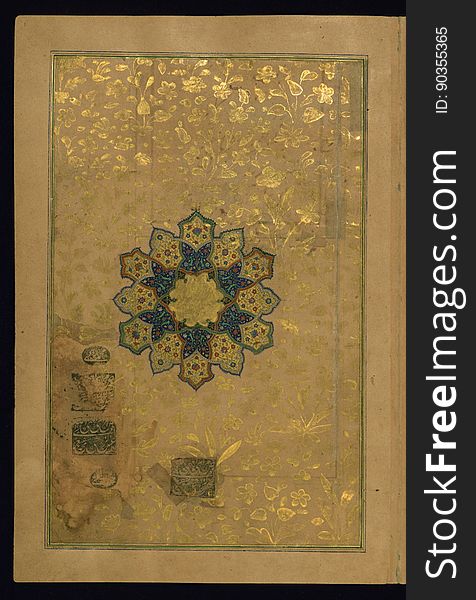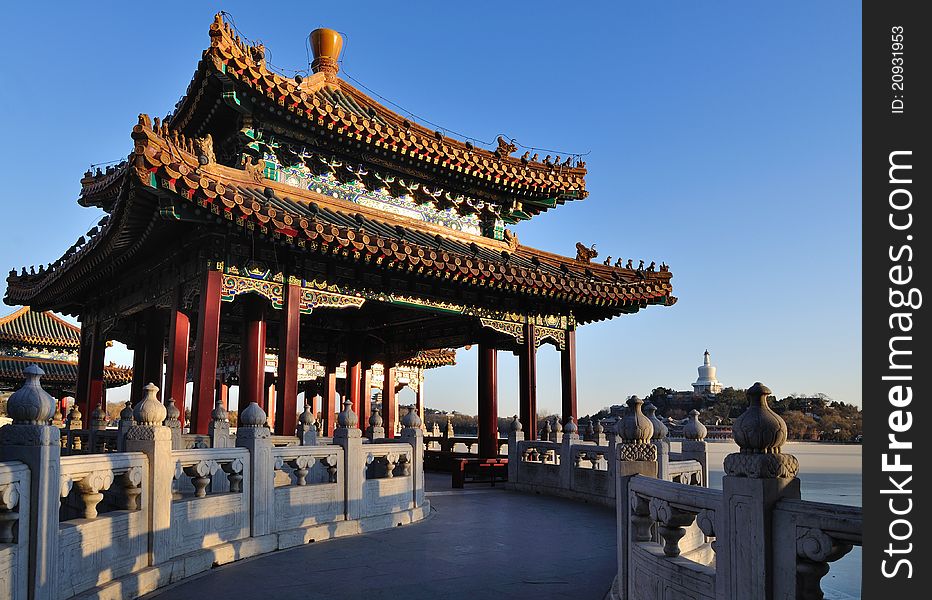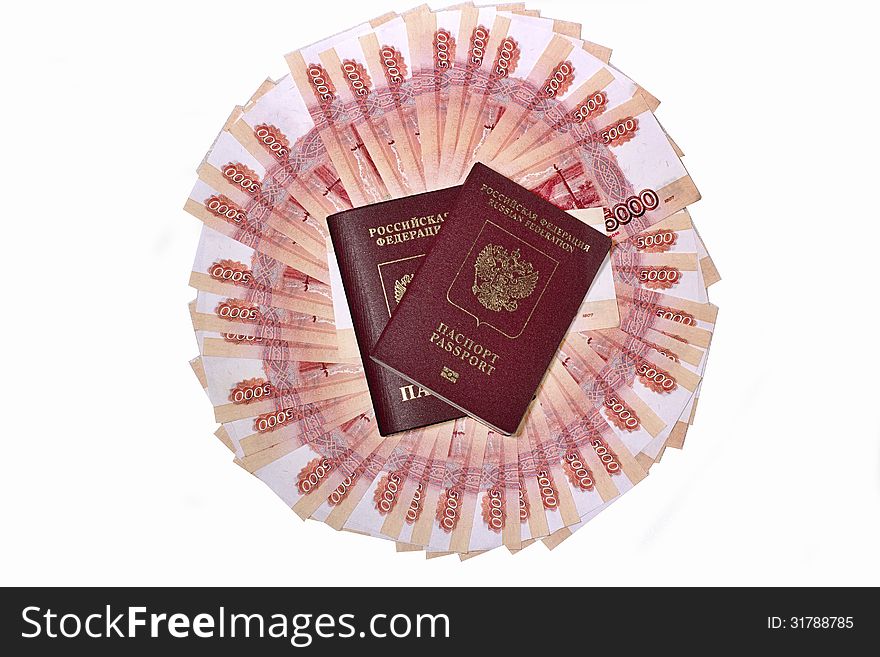
You can use this free image under the Creative Commons Zero (CC0) public domain license. Support our free section by adding a credit line next to the photo in your design. A suggestion is provided under the title.
Five poems &x28;quintet&x29;, Illuminated frontispiece with shamsah, Walters Manuscript W.624, fol. 1a
This is a deluxe copy of the Khamsah (quintet) of AmÄ«r Khusraw DihlavÄ« (d. 725 AH / 1325 CE). The manuscript was written in nastaÊ¿lÄ«q script by one of the greatest calligraphers of the Mughal atelier, Muḥammad Ḥusayn al-KashmÄ«rÄ«, honored with the epithet ZarrÄ«n Qalam (golden pen). This copy of DihlavÄ«'s Khamsah, likely produced in Lahore (present-day Pakistan) in the late tenth century AH / sixteenth CE, is associated with the patronage of Akbar (r. 963-1014 AH / 1556-1605 CE). The manuscript bears the names of a number of painters and illuminators. The illustrations bear ascriptions to the following artists: LaÊ¿l (LÄl), ManÅ«har, SÄnwalah, Farrukh, AlÄ«qulÄ«, DharamdÄs, Narsing, JagannÄth, MiskÄ«nÄ, Mukund, and SÅ«rdÄs GujarÄtÄ«. The illuminators are Ḥusayn NaqqÄsh, Manṣūr NaqqÄsh, KhvÄjah JÄn ShÄ«rÄzÄ«, and Luá¹f AllÄh Muẕahhib. The borders are all elaborately illuminated with animal, bird, and geometric motifs, as well as human figures engaged in such activities as hunting, praying, and reading. The lacquer binding, decorated with pictorial scenes, is contemporary with the manuscript. Eight leaves from this copy of the Khamsah of DihlavÄ« are housed in the Metropolitan Museum of Art (13.228.26-33). This illuminated frontispiece has a central twelve-pointed star (shamsah). The page is further decorated with floral motifs executed in gold. There are five seals.
© publicdomainstockphotos | Stock Free Images
Categories:







